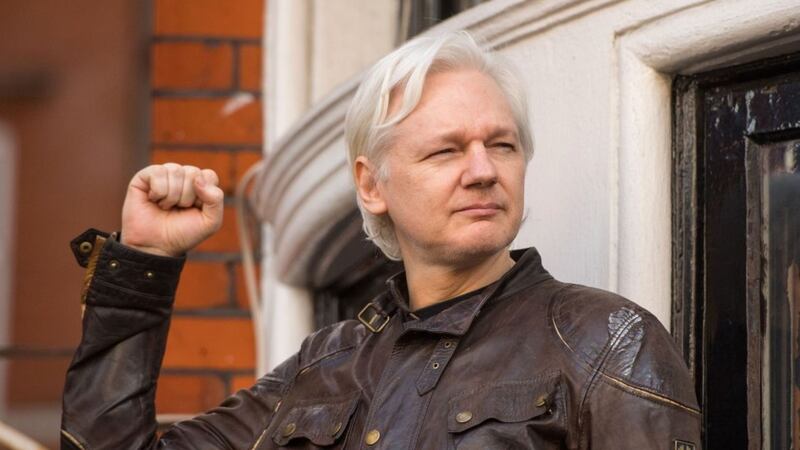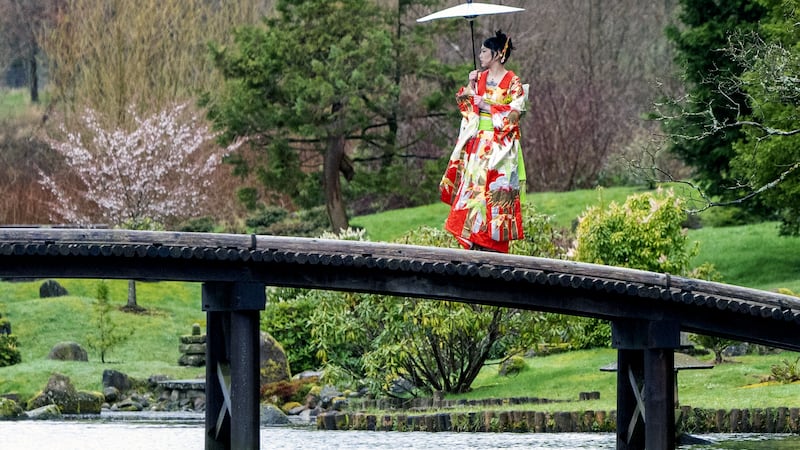Julian Assange has now been holed-up in London’s Ecuadorian embassy for five years, but what took him there and why is he so controversial?
Here’s everything you need to know about the man behind Wikileaks and why he’s so unpopular with security officials.
Who is Julian Assange?
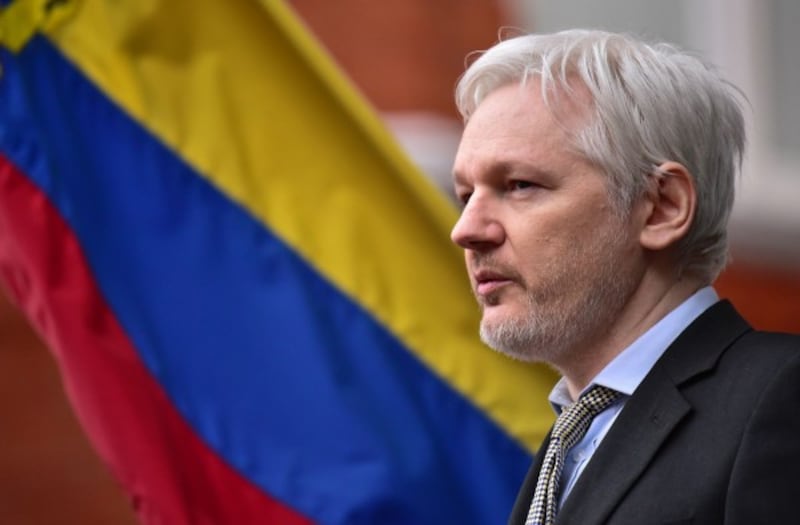
Assange is an Australian computer programmer, who gained notoriety with cyber-security authorities as a teenage hacker in the late 1980s.
Alongside run-ins with the law over his involvement with hacking into the master terminal of the Canadian telecommunications giant, Nortel, Assange assisted the Australian Police with investigations into child pornographers.
But it was the founding of the news leaks organisation, WikiLeaks, in 2006 which made him a household name.
What is Wikileaks?
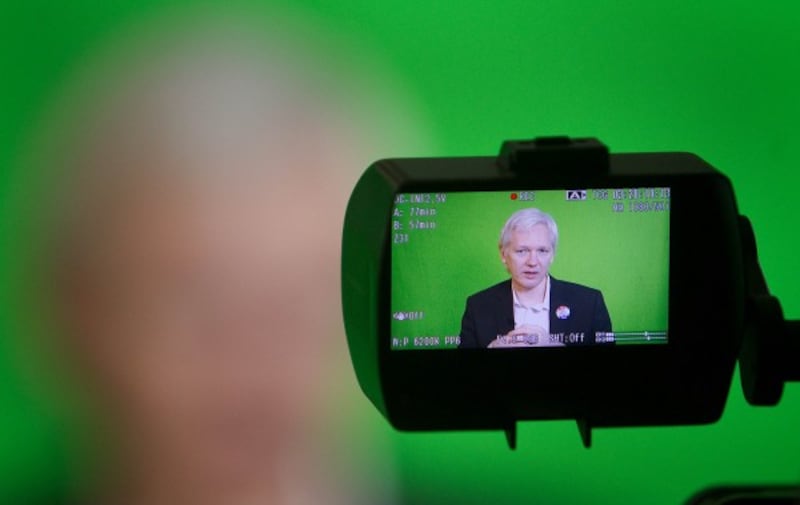
WikiLeaks is a pro-transparency website that gained a reputation for publishing top-secret or otherwise restricted documents from global intelligence agencies, governments, political parties and multinational corporations.
To date, the website is credited with publishing more than 10 million documents and associated datasets on censored materials relating to “war, spying and corruption”.
A statement on the website claims: “Although no organisation can hope to have a perfect record forever, thus far WikiLeaks has a perfect in document authentication and resistance to all censorship attempts.”
Why is it controversial?
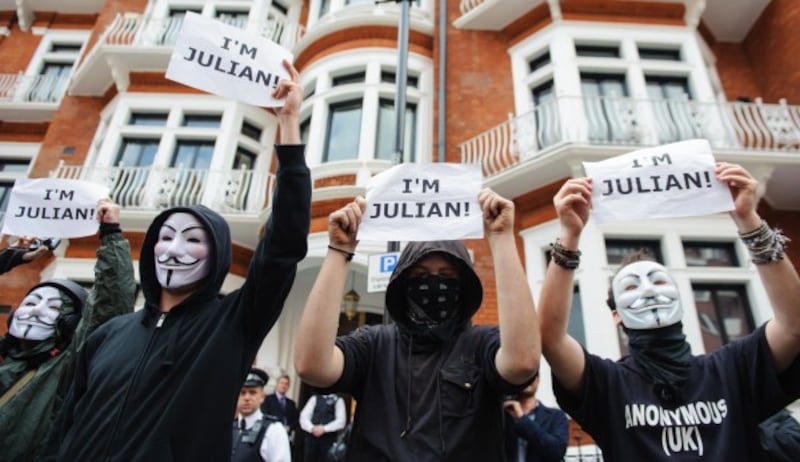
The organisation rose to prominence in 2010 with a series of high-profile leaks, starting with the Afghan War documents in July, and culminating in the Iraq War logs and the release of a series of top secret diplomatic cables.
The leaks detailed thousands of civilian deaths as a result of the Afghanistan and Iraq conflicts and implicated American armed forces in the killing of innocent bystanders, including a father and two Reuters journalists during an air strike on Baghdad in July 2007.
The source of the leaks was Chelsea Manning (then Bradley), a US-Army intelligence analyst who was later court martialled for espionage offences and sentenced to 35 years imprisonment for providing almost 750,000 classified documents to Wikileaks over the course of several months.
The leaks ultimately prompted a US federal criminal investigation into Assange over allegations of espionage and endangering national defence. Manning was later freed by executive order after Barack Obama commuted her sentence to seven years.
Where did his sexual assault charges come from?
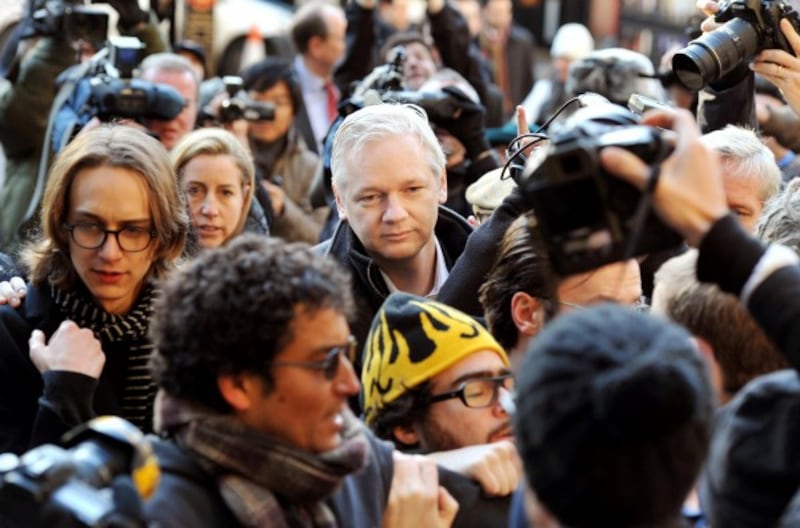
In August 2010, a Swedish District Court issued an arrest warrant for Assange on one allegation of rape and one of molestation.
Assange, who was in Sweden at the time, strongly denied the charges and said he had had consensual sex with the two women concerned in the case.
He left Sweden for London after being questioned by police in Stockholm, and was later issued with an international arrest warrant in November.
Assange presented himself to London police and appeared at an extradition hearing, where he was remanded in custody.
How did he come to be in the Ecuadorian Embassy?
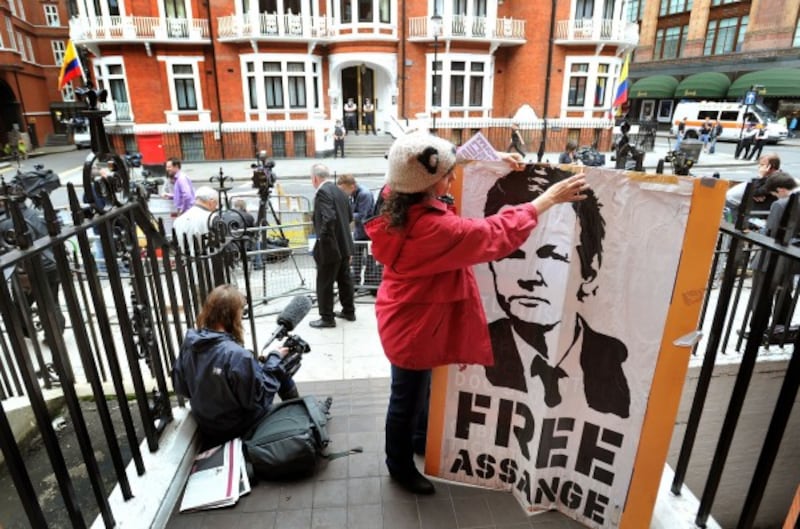
In late 2010, Assange was placed under house arrest as part of his bail conditions concerning the alleged sex offences.
Fearing that travelling to Sweden could result in his extradition to the United States over charges relating to the 2010 leaks, Assange vowed to fight the order and made several appeals on the grounds that it would breach his human rights.
The appeals were ultimately rejected by the UK Supreme Court in May 2012, prompting Assange to claim political asylum in London’s Ecuadorian embassy on June 19. The application was granted in August of that year, marking two years since the charges were first raised.
Why is he still there?
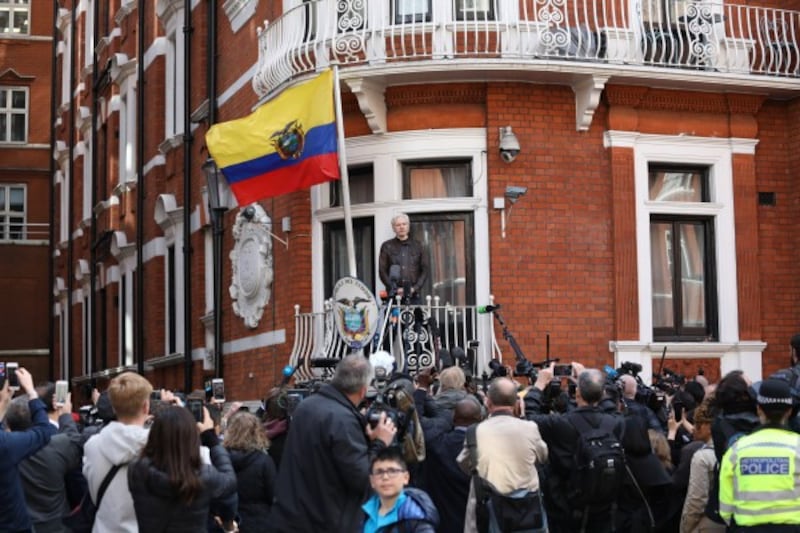
Assange was eventually questioned by Swedish prosecutors over the sexual offence allegations during his stay in the embassy, and the charges were ultimately dropped in May 2017.
However, his decision to enter the embassy in 2010 had resulted in his breaching of bail conditions set by the London Metropolitan Police.
That means even if he does leave the embassy, he will be subject to arrest and could still face extradition to the United States if American authorities issue their own international arrest warrant for espionage.
Assange had previously offered to go to America if his “rights were respected”, but US attorney general Jeff Sessions’ declaration that Assange’s arrest remains a “priority” for the States makes the agreement unlikely, considering Assange’s concerns over any future detention.
